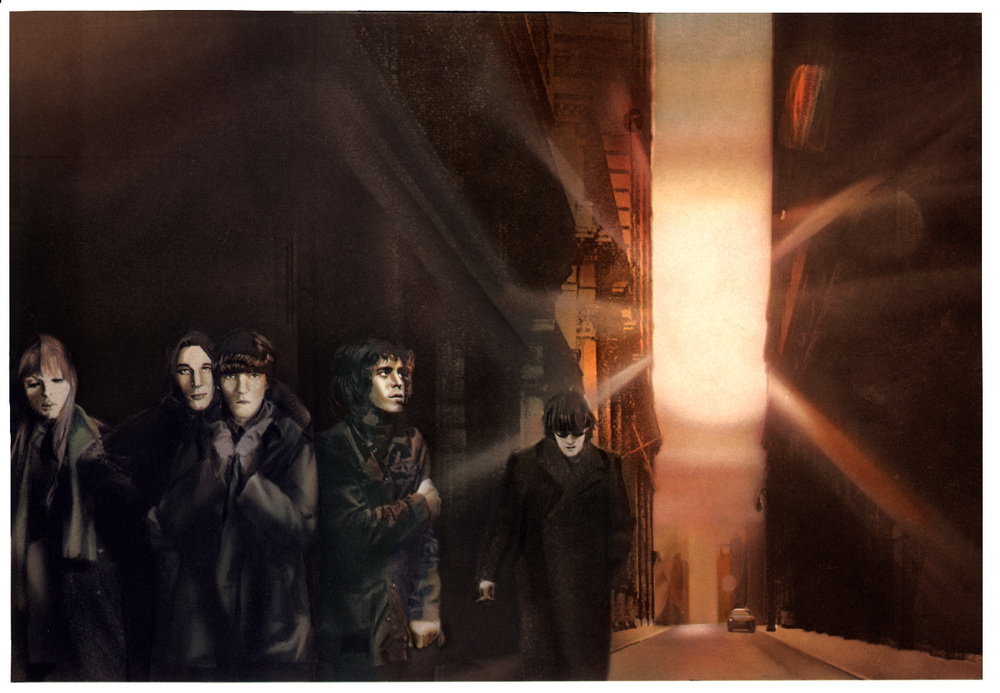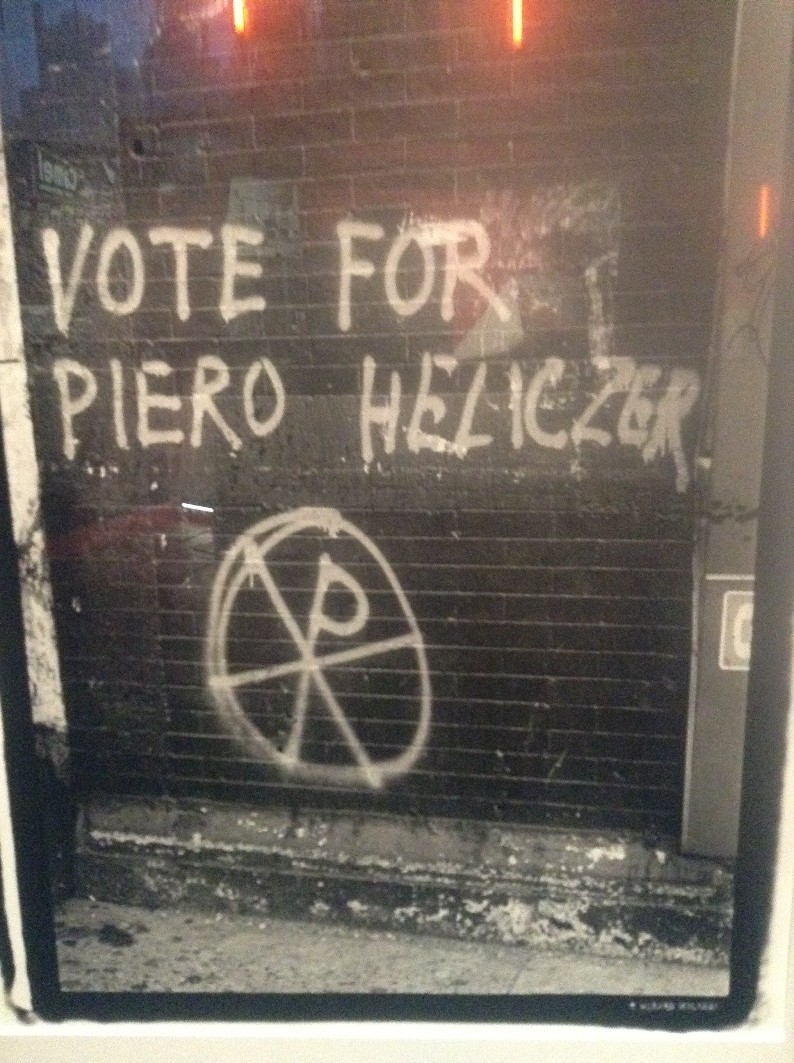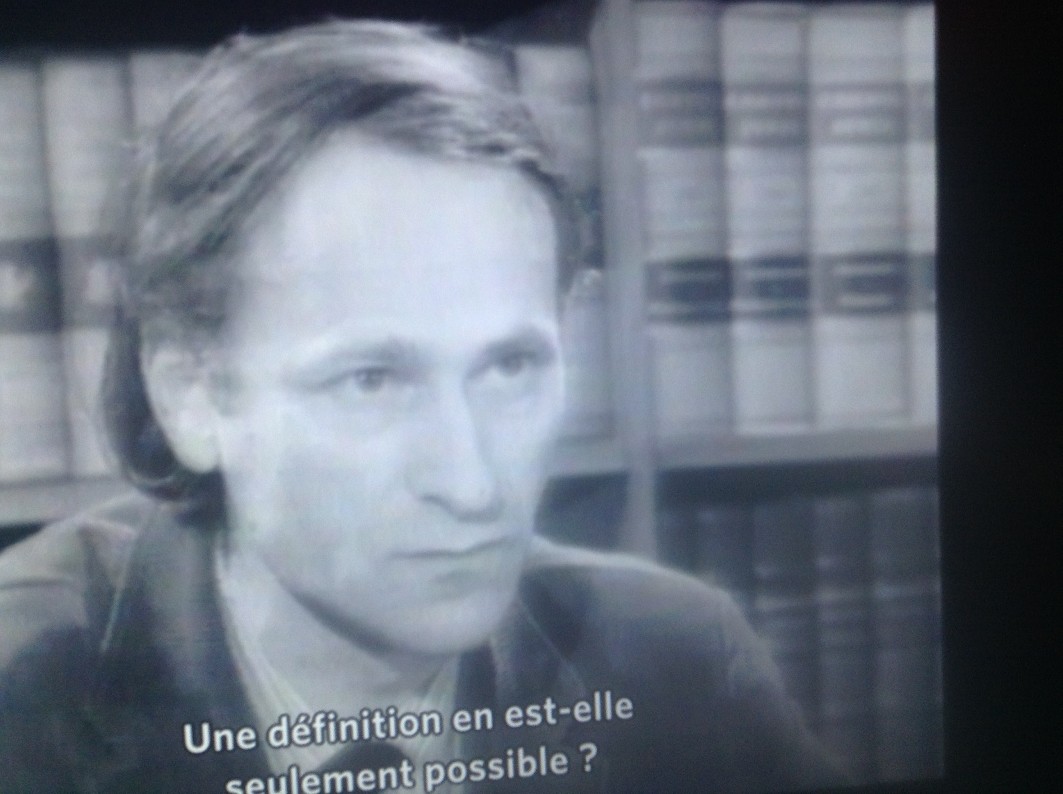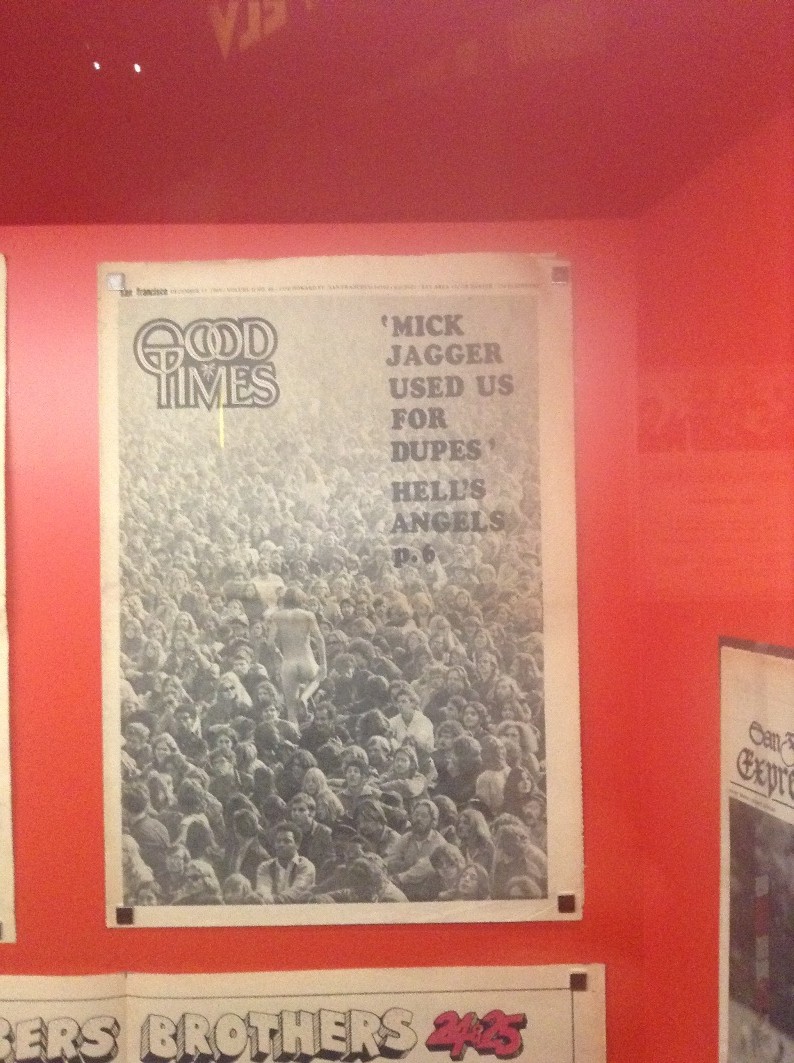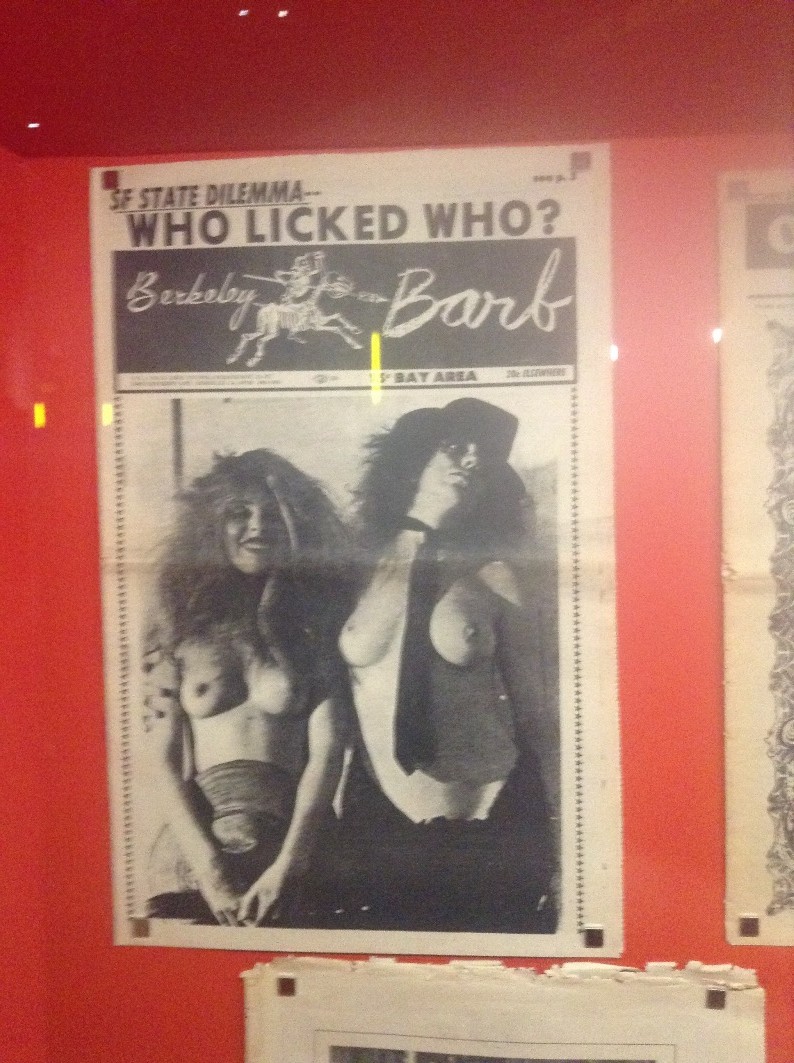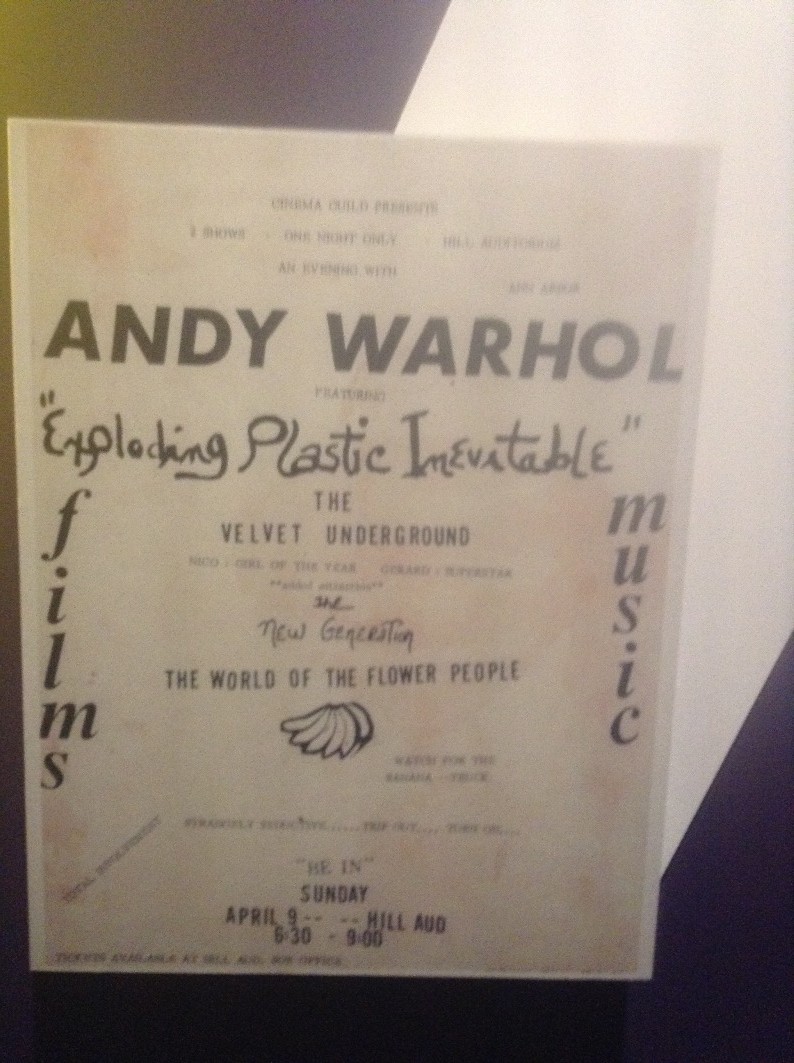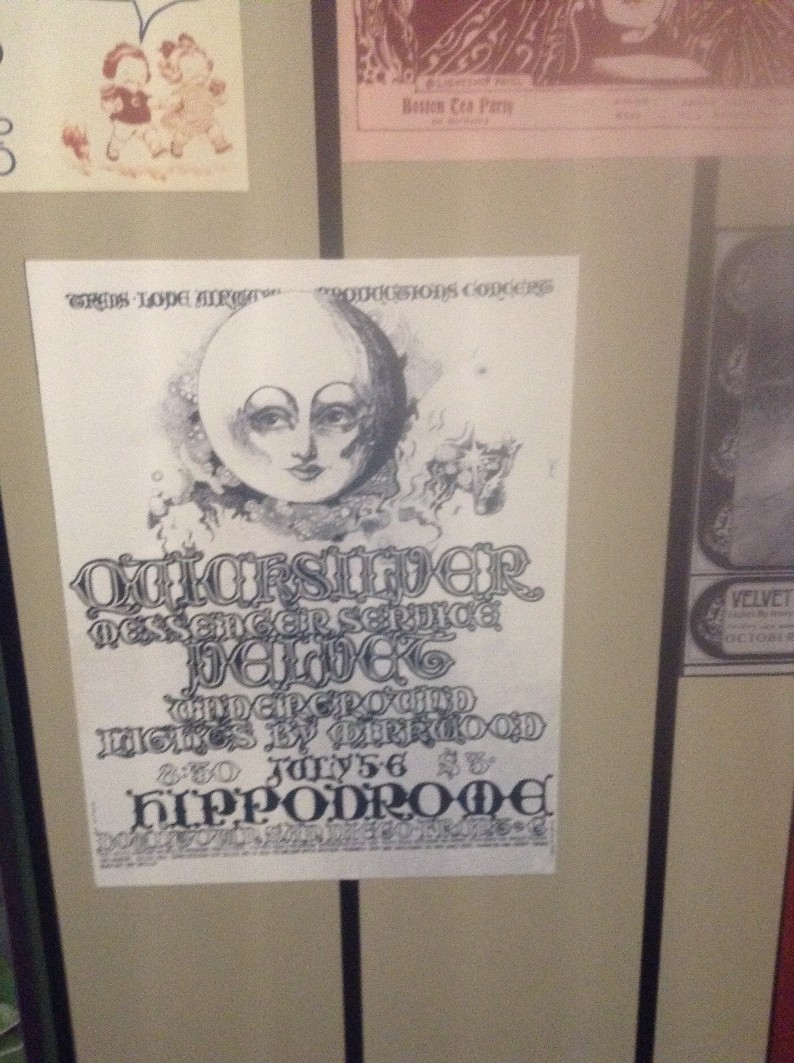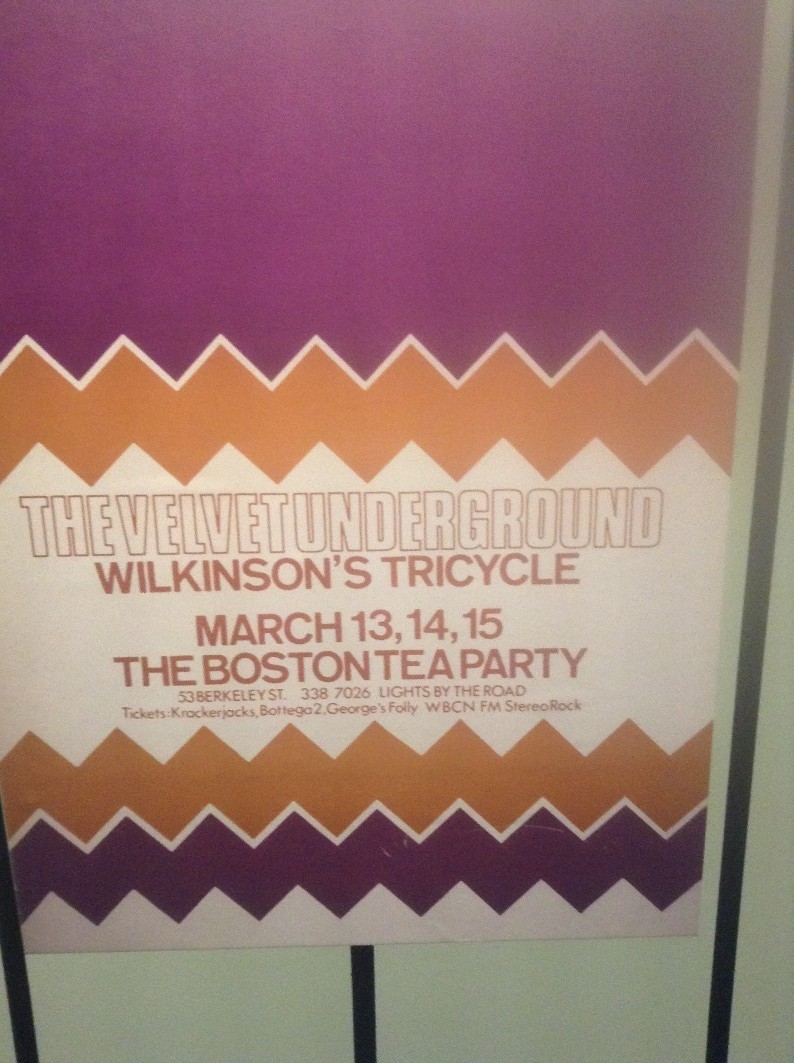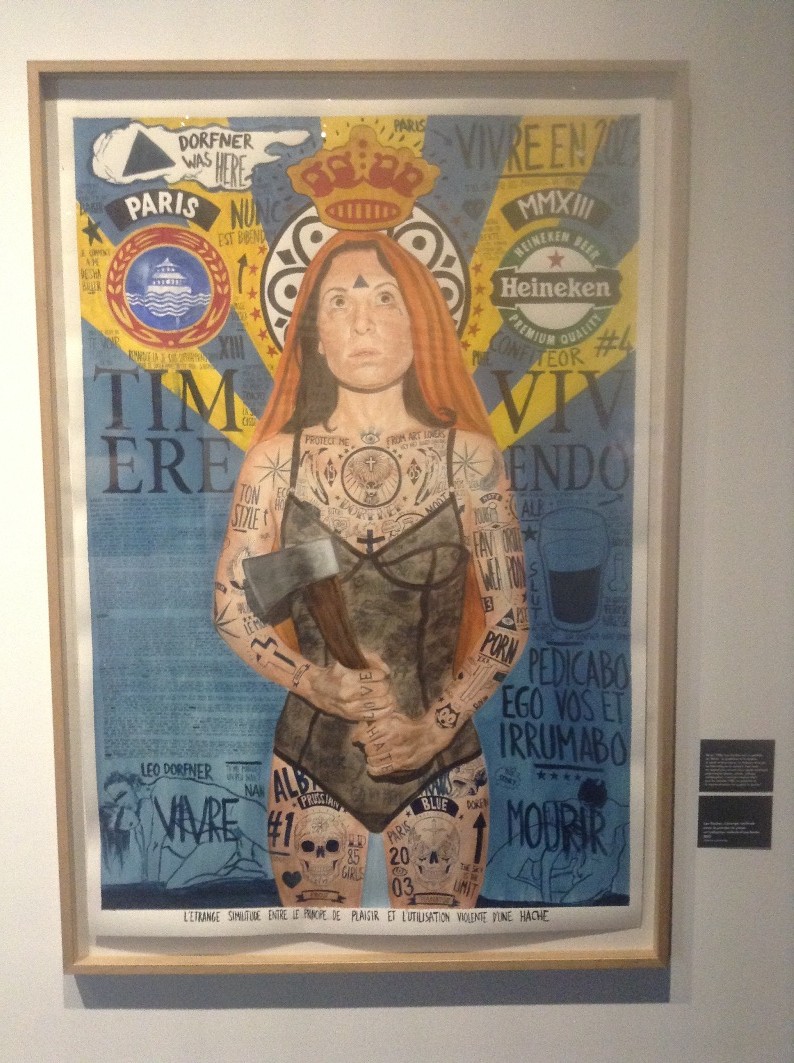For the famous Banana Album‘s 50th anniversary, this immersive, impressionistic and multimedia exhibition dives into the Velvet Underground world.
For the 50th anniversary of the mythic Banana Album, this exhibition shares the legacy of the Velvet Underground, the illustrious but short-lived band (1965-1970) that marked a major turning point in the history of music.
The exhibition opens with an overview of America at the dawn of the 1960s, taking visitors through the emergence of obscure artistic movements and their evolution as they move from the fringe to gaining mainstream status. This was the backdrop to the improbable meeting between Lou Reed and John Cale.Their super-charged synergy gave rise to an extremely prolific yet fleeting collaboration, and an utterly new, intriguing and toxic universe.
https://www.youtube.com/watch?v=N35K176QUbk

Too far ahead of their time, the band was a commercial failure. After the release of a dynamite second album, cracks due to the excessive lifestyle and clashing egos led to the end of the Velvet in 1968. The group came together again for two final albums that were mellower and more serene, marking the debut of Lou Reed’s solo career.It was only after the Velvet had already broken up that it rocketed to fame, achieving a unique status in the history of rock. The Velvet Underground has undeniable appeal: its fascinating sonority, captive spirit, and uncompromising irreverence have galvanised musicians for generations, from Iggy Pop to Nirvana.
The exhibiton path goes into five:
1. WELCOME TO AMERICA,
2. REED & CALE, THE CHILDHOOD OF ART,
3. NEW YORK SPIRIT,
4. THE FACTORY YEARS,
5. REINVENTIONS OF THE VELVET UNDERGROUND.
https://www.youtube.com/watch?v=FpOeEHiepXw
FROM THE SIXTIES TO THE PRESENT The Velvet Underground’s career trajectory is one of the most fascinating stories in the history of art, music and popular culture: how did a band who never found success during its brief existence (1965-1970) gradually develop into the rock legend par excellence it is today? Too ahead of its time, too transgressive, too in-your-face, too rebellious, it soon became the go-to model for other movements in the following centuries, from the explosion of punk to the present day. With time and the aid of a few prestigious admirers (David Bowie, Kurt Cobain, Etienne Daho, among others), the famous ‘banana album’, which is celebrating its fiftieth anniversary this year, established itself as the new matrix for modern rock.
It all started with the improbable encounter between Lou Reed and John Cale, a supremely talented, albeit unlikely, team, in the only city likely to let them grow together: underground New York of the early 60s, a time when it was the artistic elite who decided that ‘anything goes’. The poet-rocker and avant-garde musician built a group around them from some of their most fervent supporters – Sterling Morrison, a literature student and rock’n’roll fan; Moe Tucker, an androgynous-looking drummer from the suburbs driven by tribal rhythms; and Nico, the blonde iceberg whom Andy Warhol made lead singer of the Velvet Underground.
This exhibition retraces the Velvet Underground’s journey from the street to the highest echelons of New York society, from the pop music world to that of film, painting and literature. Half a century after the encounter between the founding members, the Velvets are still the most modern and mysterious band in the history of American rock.
THE VELVET UNDERGROUND chronology…
16 October 1938 Christa Paffgen, the future Nico, is born in Cologne, Germany. 2 March 1942 Lewis Reed is born in Brooklyn, New York. 9 March 1942 John Cale is born in Garmant, Wales.
August 1942 Sterling Morrison is born in East Meadows, New York. 28 August 1944 Maureen Tucker is born in the Queens, New York.
25 February 1947 Doug Yule is born in Long Island, New York.
December 1964 Lou Reed and John Cale meet in New York. The two musicians start playing together immediately; three months later, Lou Reed moves into the apartment on Lower East Side where John Cale is living. Spring 1965 The guitarist, Sterling Morrison, joins Lou Reed and John Cale. Together, they rehearse long hours, and are joined by the percussionist, Angus MacLise, to provide the musical accompaniment for avant-garde films.
December 1965 Maureen ‘Moe’ Tucker replaces Angus MacLise on the drums. The Velvet Underground is born; the band plays its first official gig in a New Jersey high school.
16 December 1965 At New York’s Cafe Bizarre, Andy Warhol attends the Velvet Underground’s first concert. Inspired, he proposes becoming the band’s manager.
January 1966 At the first rehearsals held at Andy Warhol’s Silver Factory, Nico is made lead singer of the Velvet Underground. On 12 January, she appears on stage for the first time with the band, who plays at the annual dinner of the New York Society for Clinical Psychiatry.
February 1966 At the Film-Makers’ Co-operative in New York, the Velvet Underground takes part in a multimedia performance called Andy Warhol – Uptight.
1 st April 1966 The Velvet Underground embarks upon a series of concerts in New York to coincide with the Exploding Plastic Inevitable, a multimedia performance devised by Andy Warhol combining light show, instrumental improvisations, dance and film projections.
16 to 23 April 1966 Within a few days, the Velvet Underground has recorded its first album in New York. May 1966 Some of the songs on the album are re-recorded in Los Angeles.
12 March 1967 The band releases the album The Velvet Underground & Nico. The sleeve, designed by Andy Warhol, is known to fans as the ‘banana album’. Albeit a commercial failure in 1967, the album, in time, goes on to change the course of rock history.
January 1968 The Velvet Underground releases its second album, White Light/White Heat. Nico, who has now embarked upon a solo career, is no longer part of the band.
1st October 1968 Doug Yule replaces John Cale in the Velvet Underground.
12 March 1969 The band’s third album is released, called simply The Velvet Underground. The band’s sound changes: experimental distortion gives way to an appealing, discreet intimacy.
23 August 1970 At the end of a concert given at Max’s Kansas City in New York, Lou Reed announces his decision to leave the Velvet Underground.
September 1970 The band’s fourth album, Loaded, is released. Two of its songs, Sweet Jane and Rock’n’Roll, are to define the canons of urban rock.
18 July 1988 Nico dies on the island of Ibiza, in Spain.
June 1990 John Cale, Lou Reed, Sterling Morrison and Moe Tucker perform Heroin at the Fondation Cartier (Jouy-en- Josas, France) for an exhibition devoted to Warhol.
1993 The Velvet Underground tours for the first time in Europe with two concerts at Olympia in Paris. 30 August 1995 Sterling Morrison dies in Poughkeepsie, New York.
27 October 2013 Lou Reed dies in Southampton, New York. ✪
![[Futuristika!]](https://futuristika.org/wp-content/uploads/2020/12/futuristika-logo.png)


